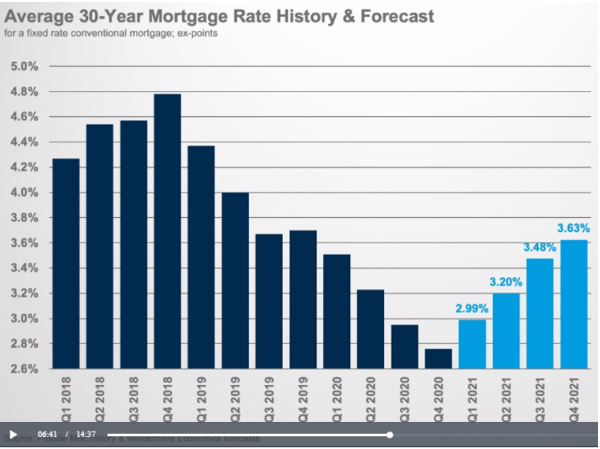
Now that we’ve made it through the 3rd Quarter of 2020 it’s time to look back and see how Troutman Park’s Real Estate market has performed compared to other recent years. Earlier in the year many felt like property values would decline like so many other investments did through all the Covid-19 adjustments. If you own a home in the Troutman Park area you’ll probably be happy to see that we’ve actually fared quite well though.
In Northern Colorado we typically see the market take a little bit of a seasonal breather during the 3rd quarter of the year as families put their home search on pause to get ready for back to school. This year has been a little different though as we saw our neighborhood’s real estate sales accelerate significantly from July through September.
Here are the numbers compared to the 3rd Quarter of recent years:
2020 Q3 – 27 homes sold for $11,109,356. They ranged from $340,200-$480,000 at an average of $411,457
2019 Q3 – 19 homes sold for $7,555,400. They ranged from $300,000-$494,500 at an average of $397,652
2018 Q3 – 17 homes sold for $6,043,650. They ranged from $290,000-$449,500 at an average of $355,508
2017 Q3 – 18 homes sold for $6,290,750. They ranged from $296,000-$429,900 at an average of $349,486
2016 Q3 – 19 homes sold for $6,288,000. They ranged from $260,000-$405,000 at an average of $330,947
It is noteworthy to point out that the 1st two Quarters of 2020 only saw 2 more sales in our neighborhood than the 3rd Quarter!
If you have questions about Real Estate I’m always happy to share what I know. I grew up here in Fort Collins, I’ve worked in Real Estate since 2002 and live right here in Troutman Park so feel free to reach out if you ever have questions.

 Facebook
Facebook
 Twitter
Twitter
 Pinterest
Pinterest
 Copy Link
Copy Link

















 This speedometer reflects the state of the region’s real estate market using housing inventory, price gains, home sales, interest rates, and larger economic factors.
This speedometer reflects the state of the region’s real estate market using housing inventory, price gains, home sales, interest rates, and larger economic factors.


